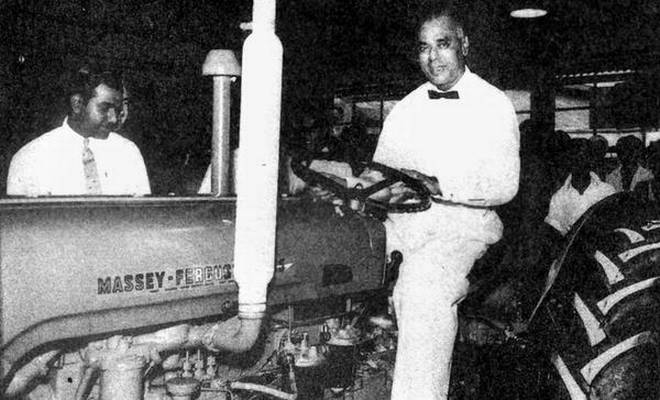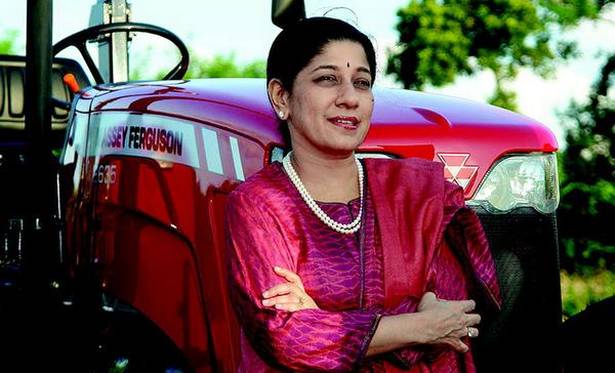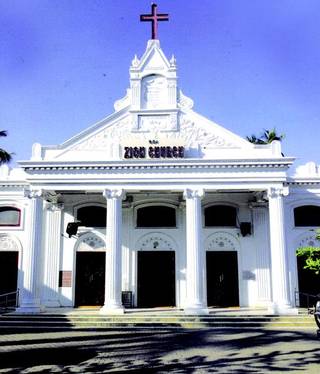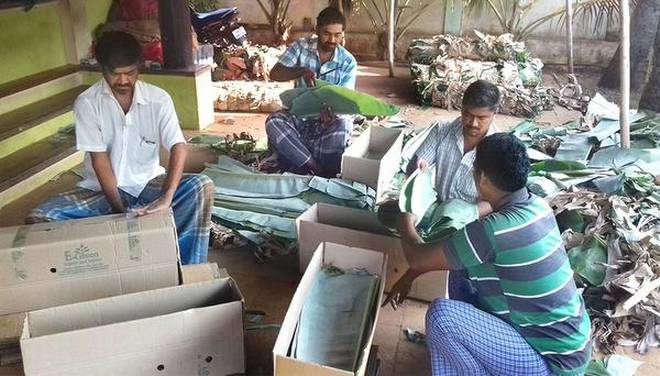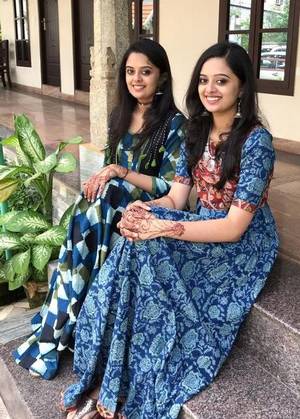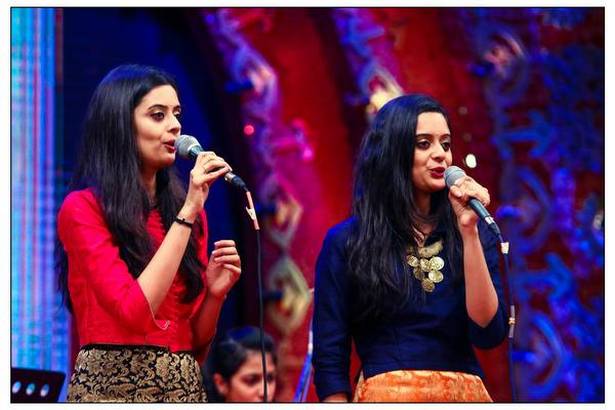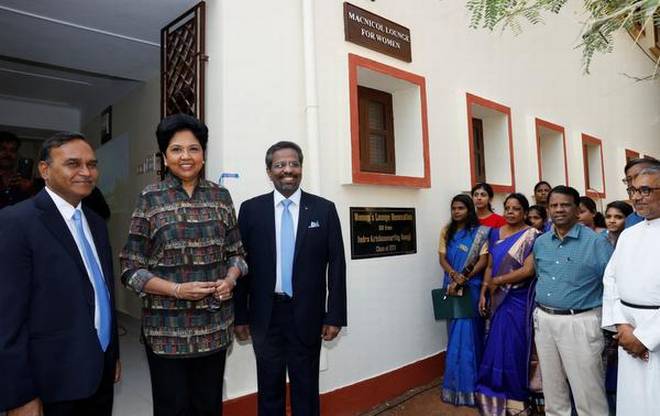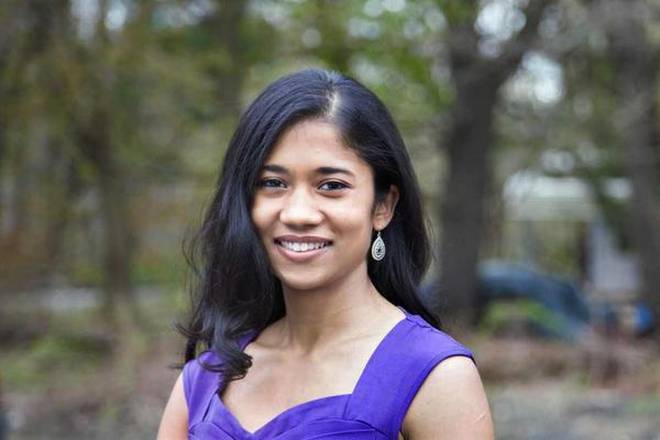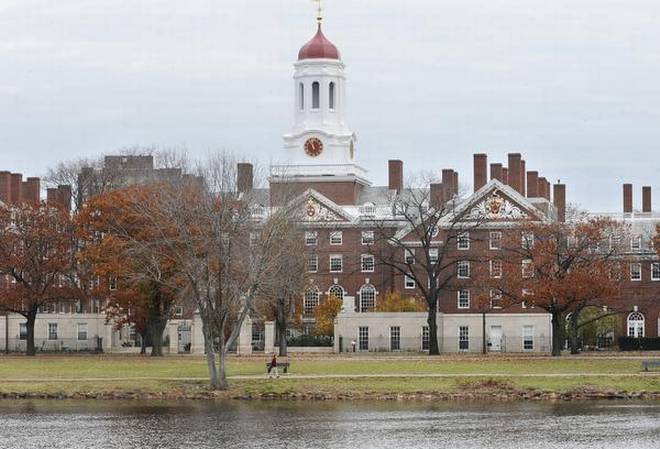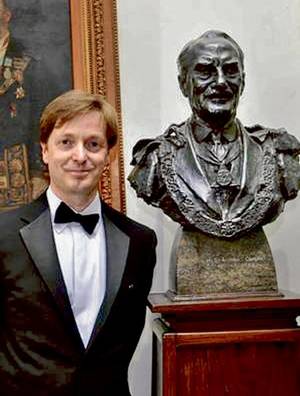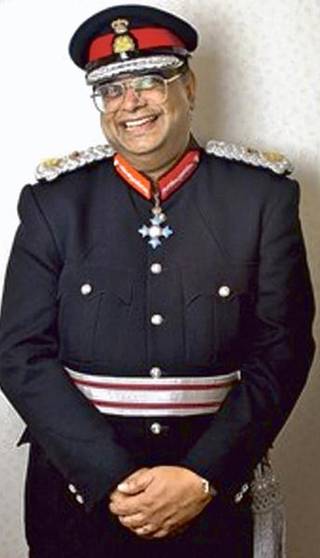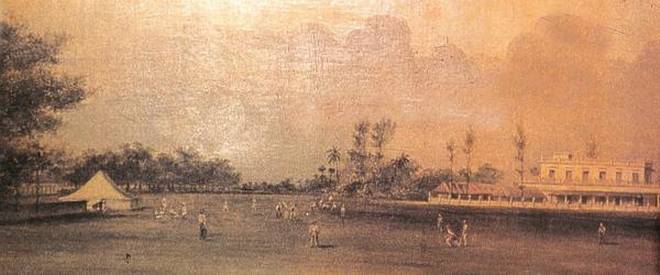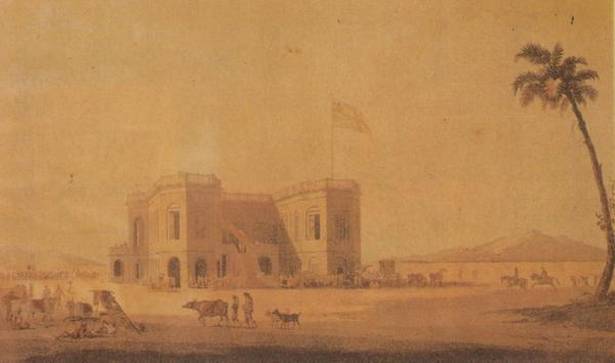The news that TAFE, India’s second largest tractor manufacturer, has bought the Serbian company Industrija Masina i Traktora (IMT) is the culmination of a 55-year-old relationship that has gone through different phases. It is a story that began with TAFE establishing its offices on January 1, 1961 on Kothari Road after it had been decided that TAFE would thereafter manufacture Massey Ferguson (MF) tractors in India. The TAFE factory opened in Sembiam and the first tractor assembled with components from Coventry was driven out by S Anantharamakrishnan in 1961, watched by his son A Sivasailam who was in charge of TAFE, now one of the most successful flag-bearers of the Amalgamations Group.
But it wasn’t all wine and roses in those early days. The first challenge was posed by IMT who had a 10-year agreement with MF to manufacture tractors in what was then Yugoslavia. India, in those Rupee-payment days, was able to import these IMT-MF tractors, while TAFE was struggling to get foreign exchange to import its CKD components from the UK. Sivasailam’s answer was to go to Yugoslavia. With him went one of his sales representatives in North India, V P Ahuja – who was to make Yugoslavia his home – and they successfully negotiated for IMT-MF components to be regularly supplied to TAFE, meeting Rupee-payment requirements. Slowly business picked up.
The initial imports from IMT were not without their headaches. Yugoslavia used the metric system, India the imperial. TAFE’s technical staff had to devise ways and means to adapt IMT components to TAFE’s requirements. Ahuja (made Chief Liaison Officer, TAFE, in Yugoslavia in 1962) also remembers that while the IMT parts were very good, the factory’s documentation was “terrible”. TAFE would get crates-ful of components but would not know what was packed in what; Ahuja was the problem-solver.
Profits, however, were yet slow in coming. Then came windfall. A World Bank tender called for 3000 tractors to be sold to farmers in the Punjab, where the Green Revolution was taking place, under a financing scheme of the Bank. The Punjab Agro Industries Corporation was to distribute the tractors to farmers who could prove they owned land in the Punjab and nowhere else. TAFE won the tender. Later, even as the deadline for the closure of the scheme neared, TAFE still had 600 tractors on its hands. Sivasailam persuaded the Punjab Government to let the firm sell them to Punjab farmers who owned land in Haryana. And TAFE was on its way.
With the business relationship in Yugoslavia well-settled, Ahuja, who is now Offshore Director, established an agency business for TAFE in Belgrade helping the firm’s export business by representing several Indian auto-product firms in the region. Gradually he also began introducing TAFE tractors, which before long were outselling IMT tractors, even though being more costly but being superior in quality. But, adds Ahuja, we remained “passive sellers throughout because of the Chairman’s regard for IMT.”
With the break-up of Yugoslavia in the early 1980s, IMT slowly started slipping till it finally closed in 2015. At an auction, Mallika Srinivasan, Sivasailam’s daughter, closed the over 50-year-old circle. IMT tractors will be in the East European market again in a year or so, she promises.
______________________________
Madras’ first American Church
Zion Church I’ve long known as one of Chintadripet’s three landmarks, the other two being the Sathianathan memorial and the Goschen Library. As an architectural precinct it was quite a striking one, inevitably drawing attention to it. What I didn’t know then was that this was the first and only church built by American missionaries in Madras.
The legendary Dr John Scudder, who founded the American Madras Mission after arriving from Jaffna, and the Rev Miron Winslow, his colleague in Jaffna where he started work on the dictionary that is part of Tamil literary history, built a small church in 1847 in the weavers’ settlement after buying the land from a G V Naidu. They named it the Zion Church and it is now in its 170th year, a Church of South India church since independence.
In April 1865, the American Mission, then concentrating on the Arcots and Madurai, sold the Church for ₹10,000 to the Church Mission Society, London. Some years later, in 1878, the Church was gifted its bell by the Christian Missionary Society; it is said to be the second oldest church bell in Madras. Another piece of antiquity is the pipe organ which was made in England in 1895. The church was completely renovated in 1995.
Noteworthy has been the long pastoral connection of the Sathianathans/Clarkes with this church. I’ve written about this in the past (Miscellany January 28, 2002) but it deserves retelling. The Rev W T Sathianathan became, in 1862, the Church’s second pastor and its first Indian one. There followed five generations of the family who have preached in the Church. Rev W T, after 30 years of pastoral care there, was followed by his son-in-law W D Clarke. The Rev Clarke was followed after 28 years by his son Samuel S Clarke, who served for about 20 years. He was followed by his son Sundar Clarke, who served a few years and went on to become Bishop of Madras.
In 1995 the Clarke family gathered at the Church to celebrate their connection with it and the service was conducted by Sathianathan Clarke, the great-great-grandson of the Rev W.T. The fifth generation Clarke was visiting after completing a Doctor of Divinity degree at Harvard after a Master’s at Yale.
________________________________
Congratulations to a contributor
The Indian National Science Academy (Delhi) has awarded the prestigious Vulmiri Ramalingaswami Chair for 2018 to my regular contributor on Madras medical history, Dr. Anantanarayanan Raman of Charles Sturt University, New South Wales.
Ramalingaswami was a distinguished medical doctor and Director General of the Indian Council for Medical Research.
At the same time Dr M S Swaminathan was Director General of the Indian Council for Agricultural Research.
Dr Raman will spend July in India, headquartered at the Indian Institute of Science, Bangalore, but travelling around to deliver lectures and conduct workshops. Congratulations, Dr Raman; it couldn’t have been awarded to a more dedicated researcher.
The chronicler of Madras that is Chennai tells stories of people, places, and events from the years gone by, and sometimes, from today.
source: http://www.thehindu.com / The Hindu / Home> Society> History & Culture> Madras Miscellany / by S. Muthiah / April 16th, 2018
